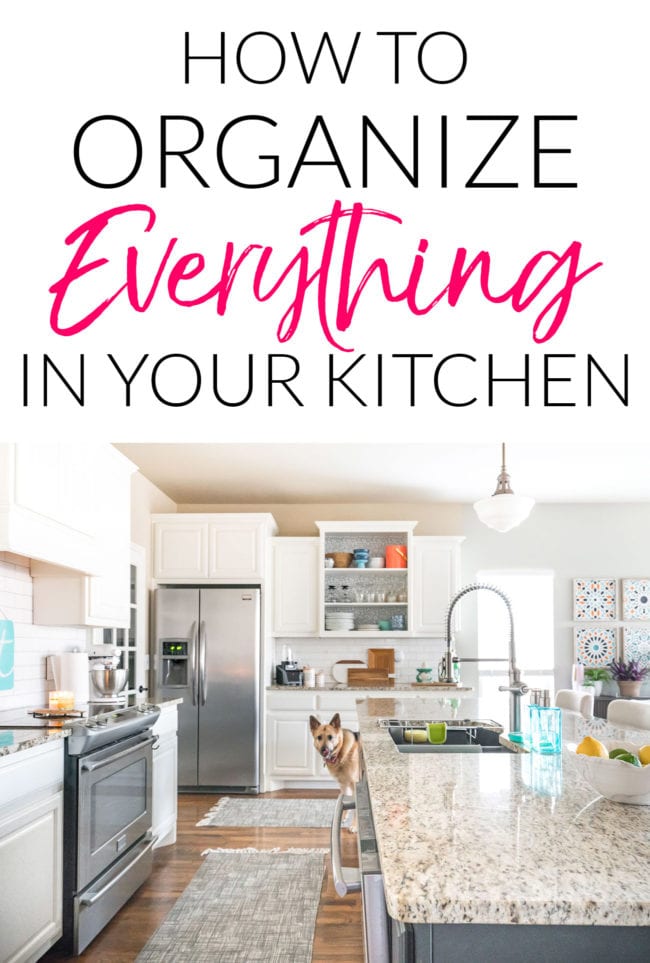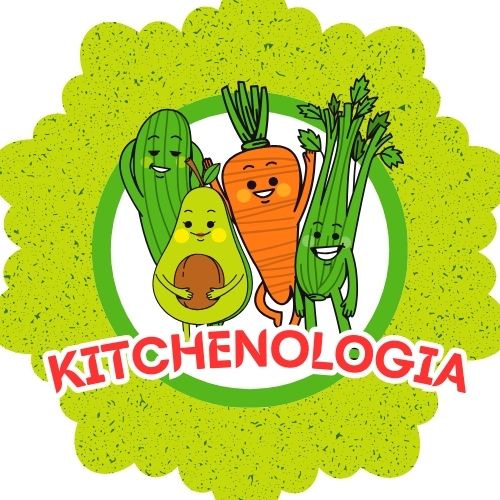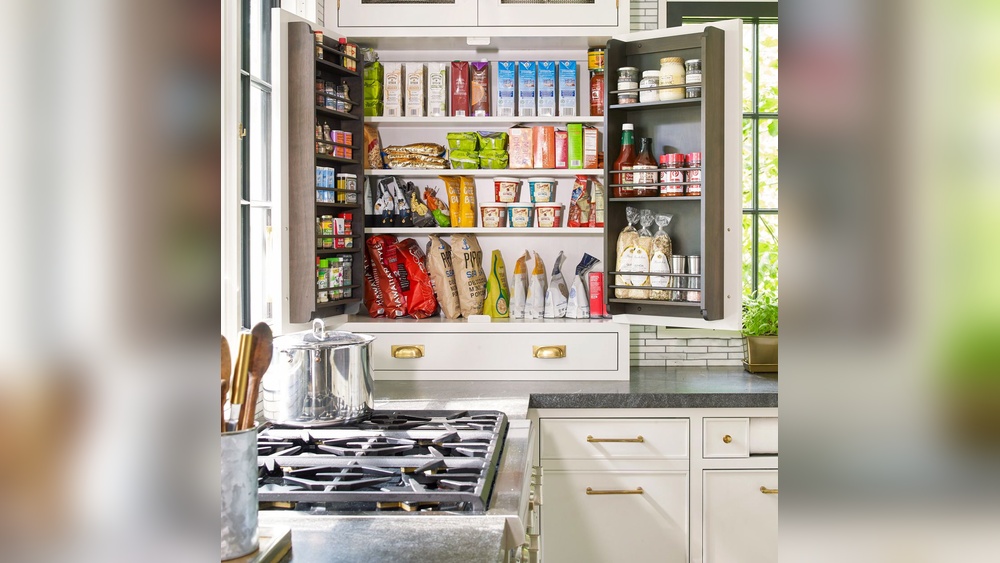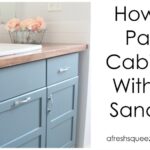Are your kitchen cabinets a jumble of mismatched items, making it hard to find what you need when you need it? Imagine opening your cabinets and instantly spotting the right pot, plate, or spice without any hassle.
You can transform your kitchen into a smooth, stress-free space by arranging your cabinets the smart way. In this guide, you’ll discover simple, effective strategies to organize your kitchen cabinets so everything has its place. From creating handy zones to clever storage hacks, you’ll learn how to make your kitchen more functional and enjoyable every day.
Ready to unlock the full potential of your kitchen cabinets? Let’s dive in!
Create Kitchen Zones
Cooking Zone Near Stove: Keep pots, pans, and cooking utensils close to the stove. This helps save time and effort while cooking. Store spices and oils here too, so they are easy to reach.
Cleaning Zone by Sink: Place plates, bowls, and glasses near the sink or dishwasher. This makes unloading and cleaning faster and easier. Store cleaning supplies under the sink for quick access.
Food Prep Zone on Counter: Keep knives, cutting boards, and mixing bowls near the counter. This zone is for chopping and mixing. Store frequently used items here to speed up meal prep.

Organize By Frequency
Daily use items should be placed at the front of kitchen cabinets. This makes them easy to grab quickly. Plates, cups, and utensils used every day belong here. Keep these items within arm’s reach to save time while cooking or cleaning.
Occasional use items can be stored on higher shelves. These include special pots, pans, or seasonal tools. Since you use them less, it’s okay if they are harder to reach. Just make sure to keep them safe and stable on the top shelves.
This system helps keep your kitchen tidy and efficient. You will spend less time searching and more time cooking.
Arrange By Item Type
Heavy items like pots and pans belong in the lower cabinets. This keeps them easy to reach and prevents accidents. These cabinets can hold cast iron skillets, large mixing bowls, and heavy appliances.
Light items such as glasses, cups, and plates go in the upper cabinets. These are easier to access and safer to store at a height. Keep daily use dishes within arm’s reach.
| Appliance | Placement Tips |
|---|---|
| Microwave | Place near countertop or built-in space for easy access |
| Toaster | Store on countertop or in an upper cabinet close to an outlet |
| Blender | Keep in lower cabinet near food prep area for convenience |
Maximize Cabinet Space
Shelf risers create extra levels inside cabinets. They help stack plates, cups, or bowls without wasting space. Use risers to separate tall and short items.
Vertical dividers keep pans upright. This saves room and makes pans easy to grab. Place dividers in wide cabinets for better pan storage.
Cabinet doors are perfect for small storage. Attach racks or hooks inside doors. Store lids, spices, or cleaning tools there. This frees up shelf space and keeps things handy.
Declutter Before Organizing
Start by removing everything from your kitchen cabinets. Sort items into three groups: keep, donate, and throw away. This process helps to clear out unused or expired items.
Keep only what you use regularly. Items that have not been touched for months can be stored elsewhere or given away. This makes space for things you actually need.
Check expiration dates on food and spices. Toss anything that is old or spoiled. This prevents clutter and keeps your kitchen safe.
Wipe down shelves and cabinet interiors before putting items back. A clean space feels fresh and inviting.
Decluttering first makes organizing much easier. It creates room for a neat and functional kitchen.
Group Similar Items
Baking supplies like flour, sugar, and baking powder should be stored together. Use clear containers to keep ingredients fresh and easy to find. Group all baking tools such as measuring cups, mixing bowls, and spatulas in one cabinet. This keeps everything ready for baking time.
Canned goods are best stored on dedicated shelves. Arrange cans by type or use frequency. Place frequently used items at eye level for quick access. Stack cans neatly to save space and avoid clutter. Consider using tiered shelf organizers for better visibility.
Use Containers And Labels
Clear containers help you see what is inside quickly. They keep items neat and easy to find. Using them saves time and reduces mess. Choose containers that fit your cabinet space well.
Labels make finding things simple. Put labels on each container or shelf. This helps everyone know where items belong. Use big, clear letters for easy reading.
Combine containers and labels for better kitchen organization. Store dry goods, spices, and snacks in clear containers. Label each with its name or use. This system keeps cabinets tidy and cuts down on clutter.

Stack And Store Efficiently
Stack identical items to save space and keep cabinets tidy. Group same-sized plates, bowls, or containers. Use sturdy shelves or risers to stack safely. This makes it easy to see and grab what you need.
Organize smaller items by using baskets or bins. This stops them from getting lost or messy. Label bins for quick finding. Store spices, packets, or small tools in these containers. Keep frequently used items at eye level.

Frequently Asked Questions
How Do You Decide Where To Put Things In Kitchen Cabinets?
Organize kitchen cabinets by task zones: store pots near the stove, plates near the dishwasher, and prep tools by the counter. Keep daily items within easy reach, heavy or rare items lower or higher, and group similar items together for convenience and efficiency.
How To Arrange Food In Kitchen Cabinets?
Arrange kitchen cabinets by creating zones: store pots near the stove, plates near the dishwasher, and prep tools near counters. Place daily items at eye level and heavy or rarely used items lower or higher. Group similar items together and use vertical organizers to maximize space.
What Are The 9 Steps In Organizing A Kitchen Cabinet?
1. Empty and clean all cabinets. 2. Group items by type and use. 3. Create zones for cooking, cleaning, and prep. 4. Store daily items in front. 5. Place heavy items in lower cabinets. 6. Use shelf risers for vertical space.
7. Utilize cabinet doors for storage. 8. Arrange appliances by frequency of use. 9. Label shelves for easy access.
What Kitchen Cabinet Color Is Outdated?
Outdated kitchen cabinet colors include dark browns, avocado green, mustard yellow, and overly bright or neon shades. These colors often feel dated and less versatile. Neutral tones like whites, grays, and soft pastels remain timeless and popular choices for modern kitchens.
Conclusion
Organizing kitchen cabinets makes cooking and cleaning easier. Group items by use and place them near work areas. Keep daily essentials within easy reach for quick access. Store heavy or rare items on lower or less used shelves. Regularly tidy cabinets to maintain order and save time.
A well-arranged kitchen cabinet helps you enjoy cooking more. Simple steps lead to a neat and functional kitchen space.

Yes, working as , Food Blogger and Product Reviewer for last 6 years. Here you will get amazing deals for Smart kitchen products. I am your best source for the latest update in cooking trends. I provide insightful articles, reviews, and analysis on cutting-edge kitchen gadget. My mission is to empower readers with the knowledge they need to stay ahead in a rapidly evolving coking world. Join me as we explore the future of food technology and how it shapes our lives today and tomorrow.





